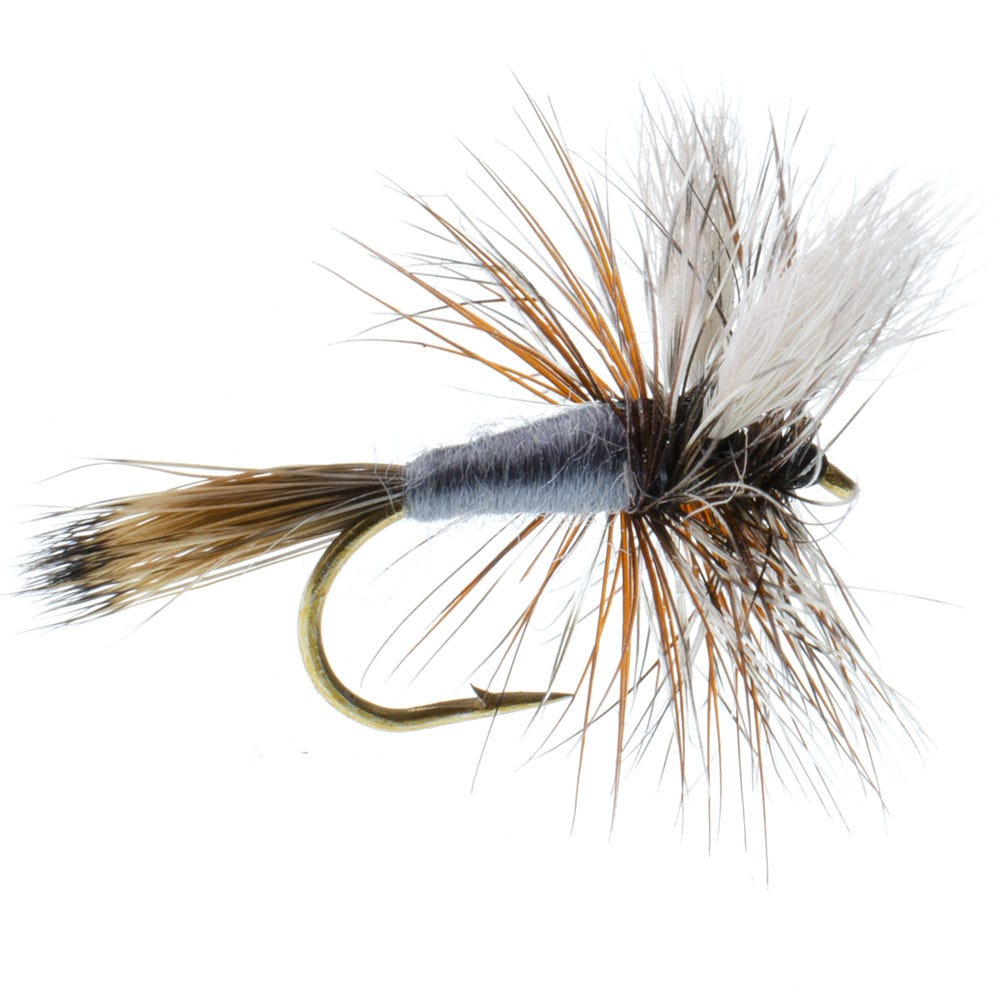In the world of fly fishing, where tradition and innovation intersect, few flies hold the mystique and legacy of the Royal Wulff Dry Fly. Evoking images of pristine rivers, rippling currents, and the pursuit of elusive trout, the Royal Wulff stands as an enduring symbol of angling excellence. But how did this iconic fly come to be? To truly appreciate its significance, we must delve into its rich history, exploring its origins, evolution, and lasting impact on the sport.
Origins of the Royal Wulff
The story of the Royal Wulff begins with one man: Lee Wulff. A pioneer in the realm of fly fishing, Wulff was renowned for his innovative approach to angling and his passion for conservation. In the early 1930s, while fishing the rivers of Newfoundland, Wulff found himself frustrated by the performance of existing dry flies. Determined to create a pattern that would excel in challenging conditions, he set out to design a fly that combined visibility, buoyancy, and irresistible allure.
Drawing inspiration from classic patterns like the Royal Coachman, Wulff began experimenting with different materials and configurations. His breakthrough came with the incorporation of calf hair for the wings, a feature that would become synonymous with the Royal Wulff. By blending this natural material with vibrant colors and a Royal Coachman peacock herl and red floss body, Wulff crafted a fly that not only floated high on the water but also captured the attention of trout with its lifelike silhouette.
The Evolution of an Icon
As Wulff continued to refine his creation, word of the Royal Wulff spread among the fly fishing community. Anglers marveled at its effectiveness, praising its ability to entice even the most wary fish. In the decades that followed, the fly underwent subtle modifications as tyers adapted it to suit specific conditions and preferences. Variations emerged, including different sizes and color schemes, but the core elements of the Royal Wulff remained unchanged.
f
Despite the emergence of countless new patterns, the Royal Wulff retained its status as a staple in the fly box of discerning anglers. Its versatility made it indispensable for targeting a wide range of species, from trout in mountain streams to salmon in coastal rivers. Whether cast across riffles, swung through currents, or skated over the surface, the Royal Wulff consistently proved its effectiveness, earning the admiration of generations of fly fishers.
The Legacy Continues
Today, the Royal Wulff endures as a timeless classic in the world of fly fishing. Its enduring popularity speaks to its enduring qualities: simplicity, elegance, and effectiveness. As anglers continue to seek connection with the natural world and the thrill of the chase, the Royal Wulff remains a trusted companion, ready to rise to the challenge with each flick of the rod.
Beyond its practical utility, the Royal Wulff also serves as a symbol of tradition and heritage in fly fishing. It carries with it the spirit of exploration and innovation that defined Lee Wulff's legacy, reminding us of the endless possibilities that await those who dare to push the boundaries of convention. In a rapidly changing world, where technology often dominates, the Royal Wulff stands as a testament to the enduring appeal of simplicity and craftsmanship.
In the annals of fly fishing history, few flies command the reverence and admiration bestowed upon the Royal Wulff Dry Fly. From its humble origins in the hands of a visionary angler to its status as a timeless icon of the sport, the Royal Wulff embodies the essence of fly fishing itself: a delicate balance of art and science, tradition and innovation. As long as rivers flow and trout rise, the Royal Wulff will endure, a symbol of the enduring connection between angler and quarry.






The perfect read to end my day just as the sun is setting.